Investigation on the pre-Christian cult of the Celtic goddess Belisama in Milan and in the Lombard foothills.
di Elena Paredi
review: marco maculotti
The classification of Water as the first principle and original source, for the ancient European populations whose survival derived from its benefits, is expressed through the consecration of sources of the main rivers of ancient Europe: there will arise i shrines of Celtic goddess of fertility. Evoked by Celtic toponymy, this consecration was obtained from a very large number of votive offerings - statuettes, precious metals, weapons and household objects - discovered almost everywhere in Europe along the watercourses and near the sanctuaries located at their springs.
The river or stream represents a mobile expression of the goddess ('Mother Earth' being her static expression), who makes the waters sacred by her presence. It is the particular combination of the different mineral, vegetable and volatile properties that certain springs emanate at certain times of the day and of the lunar phase that creates their regenerative and healing powers. Every sacred place has its guardian spirit who watches over it, observes the rites that take place there and can materialize in the form of song, bird, fish, in honor of the goddess. Sometimes the goddess appears as a dreamlike being, as a "fairy" or "witch", depending on the circumstances or predispositions of the visitor or intruder.
These places represent the womb of Mother Earth invoked under different names and aspects. There are numerous Gallic inscriptions (Gallia Transalpina and Cisalpina; Lepontian inscriptions), addressed to Gwena, Belisama (ancient names of the goddess), Brida, Brii, Bria (which later became Brigit), the Mother represented in the form of a triad - a model that is often referred to in Celtic art and literature - together with her child while holding up a basket of fruit (symbol of fertility and abundance). Another popular representation is that of the goddess epona, usually on horseback (and herself an "equine goddess") and sometimes accompanied by a bird of prey.
The Moon, with its influence on the tides and menstrual cycles, sums up a universal set of symbols: it presides over the nocturnal rites linked to the songs of animals, such as the snake and the wolf. Celtic mythology identifies it with the triple goddess who presides over the births and "passings" of this world, and thus governs life and death: triad of young women, brides and older women; Morrigan, Macha, Badh, Arianrhodd, Sequana. The ancient Celts, whose theology disappeared along with their oral traditions, left behind anonymous statues with two or three heads. In Northern Italy we have numerous finds and testimonies of these divinities who in some cases also take on solar garments.

The cult of Belisama in the submontane area of Lombardy
In Milan, votive statuettes and bas-reliefs have recently been discovered of Belisama, a lunisolar divinity, who carries a semi-woolly sow next to her, zoophany of its peculiarities: gift of guidance beyond the visible world, to locate the nemeton to build the shrine. The small church of S. Calimero, like that of S. Calogero, in via Quadronno, were "devoted" to the goddess Belisama. The Milanese legend has it that this divinity was venerated during the feast of Beltainwhich fell on May 1st.
Another important testimony of the cult of the triple Celtic divinity can be found in the name of the land of Brianza. Brianza owes its name to the ancient Celtic term Bria, connected by the most important female divinity of the Celtic pantheon or Bri, Bride, Brighitt, Briganzia, known in the Alpine area with the name of Belisama.
The Lombard submontane area saw its splendor during the period of civilization of Golasecca, recently backdated by in-depth studies to around 1.300 BC Among the ancient Celts, temples and votive chapels were built according to an analogical-symbolic principle, which reports the celestial coordinates on earth following the lunar symbology with its 28 dwellings. Como becomes the center of the civilization of Golasecca, which extends from the eastern bank of the Ticino and reaches the lake of Oggiono, near Lecco.
Some ancient finds of this civilization have been found around the city of Como, in the surroundings of Lake Alserio, in the plain of Erba and throughout the submountain area of the Lariano Triangle. One of the singularities that immediately catches the eye is given by small churches of a few square meters scattered throughout the sub-mountain area, all dedicated to St. Peter: the foundation for most of these dates back to the Lombards. This dedication can perhaps be referred by analogy to the alchemical stone, and the churches arranged in this way form the "fertile crescent" which represents the divinity Brighidh incarnated in the earthly dimension, in the hierotopography of the Celts.
As an example we can mention: the church in Gemonio, founded by Liutprando in the XNUMXth century; S. Pietro di Albese in Cassano, founded in AD 1000; S. Pietro al Monte in Civate, founded by Desiderio and dating back to 706; Agliate near Galliano, famous for its oratory crypt, whose construction dates back to the end of the XNUMXth century; there Gallarate church, in the center, dating back to the year 1000. Note, however, that all these churches were built on top of previous temples, and more precisely nemeton, dating back precisely to the age of the Golasecca civilization, all consecrated to the divinity Belisama.
If you join the points of these churches you get the figure of crescent moon. This crescent is growing, a clear hermetic symbolism of the means necessary for human palingenesis, which can be the brain, in its growth phase, towards the condition of the Full Moon. The alchemical stone, therefore, also a symbol of the primordial waters. The primordial Waters are identified in all of those lakes that meet in the arc of this crescent: the lake of Varese, Alserio, Segrino, Oggiono, Annone and others.
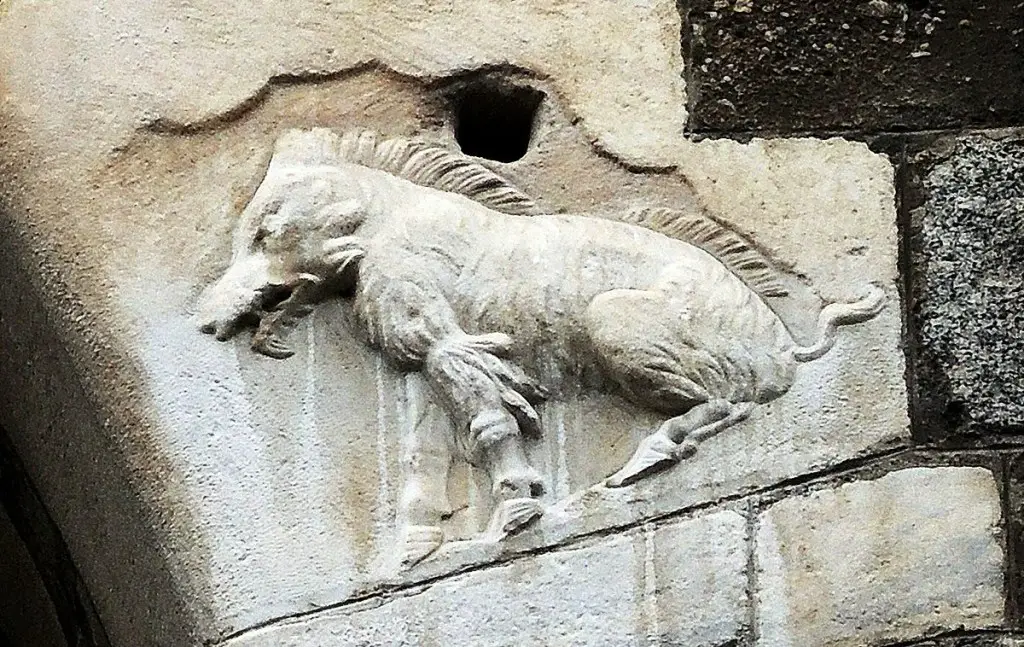
Belisama and Minerva
Belisama's name can be interpreted as formed from Celtic beautiful (“clear”, “shining”) e samo ("summer"), or literally "the Bright Summer". In Gallic mythology it is consort and paredra of the god Belenos, double functional of the lugh revered by other tribes of Celtic ecumene, continental as well as insular (Ireland).
In the Celtic panorama Belisama (or Bēlēsama) was a goddess worshiped only in Cisalpine Gaul and in Great Britain. She was connected to lakes and rivers, fire and light, and crafts. Nonetheless, his equation put forward byRoman interpretation with the goddess Minerva and the fact that she is often represented with snakes in her hands indicates that she was also one goddess of wisdom and healing. As for fire and crafts, perhaps in one of its guises she was also considered a goddess of forge.
In a Roman-era inscription, Belisama was associated with the goddess Minerva:
“MINERVAE BELISSIMAE SACRUM”
that is “sacred to Belisama Minerva”
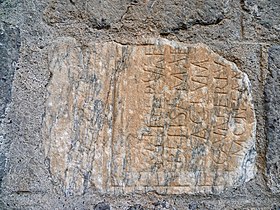
This inscription was found in Vaison-la-Romaine (France) and clearly indicates that a nemeton in honor of Belisama. Another Celtic inscription in the Greek alphabet reads:
“Segomaros Ouilloneos tooutious Namausatis eiōrou Bēlēsami Sosin Nemeton”
or: “Segomarus Uilloneos, citizen [toutius] of Namausus, dedicates this shrine [Nemeton] to Belesama.”
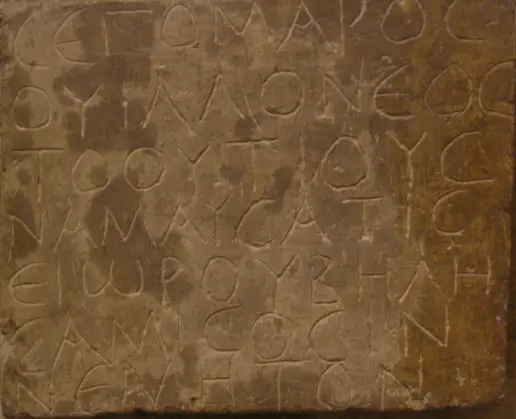
Un nemeton it was a sacred space used by the ancient Celtic populations for carrying out their sacred rites, linked to the circle of the year. THE nemeta they appear to have been mostly located in natural areas such as woodlands. However, other evidence suggests that the word implies a wider variety of ritual spaces, such as stone-built shrines and temples. Proof of this are the numerous inscriptions and the local toponymy, which are linked to the Celtic world. Toponyms related to nemeton we have in the west in Galicia, in Spain, in the north as far as Scotland, and in our Insubre lands. The word also seems to go back to the name dei Nemes, a tribe settled in present-day Germany, and to their goddess Nemetona.

Belisama, protector of Milan
According to an ancient legend, in the basement of the Milan Cathedral there is still today a secret lake protected by a circle of columns that bear magical engravings and the effigy of the Celtic goddess Belisama while breastfeeding her child. The Celtic goddess represents the Mother Goddess in the act of generating the Sun: water and fire which together form the "Philosopher's Stone" of the alchemists.
Two goddesses, one on the highest peak of the Cathedral, golden, the Madonnina, who represents the Spring Sun, rebirth, and the other, the hidden, underground one, who represents the telluric forces and who resides in the deep heart of the city of Milan. This secret place is not that far from our eyes: it is located at the basilica of Santa Tecla.

And that's not all. In Milan there are other sacred places where the beneficial forces of the earth act on the water: one of these is the well of the church of S. Calimero (near Porta Romana), built in the fifth century. on what was left of oldest temple of the Insubres dedicated to Belenos, the Celtic god of the sun.
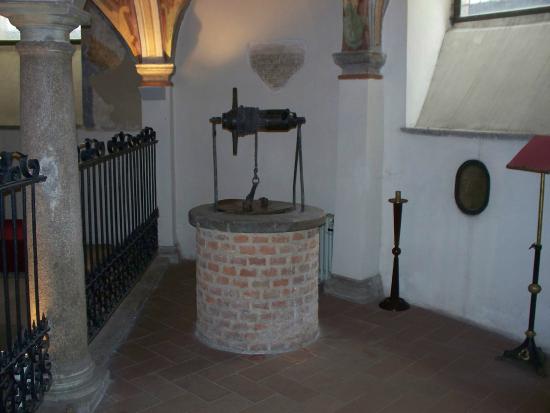
Another is the church of S. Calogero (to the right of Corso Genova), built on the remains of the temple dedicated to Jupiter, which encloses a source considered by the old Milanese "miraculous". Archaeological excavations have brought to light the remains of a dolmen, megalithic stones that can still be admired today on the side of the church.
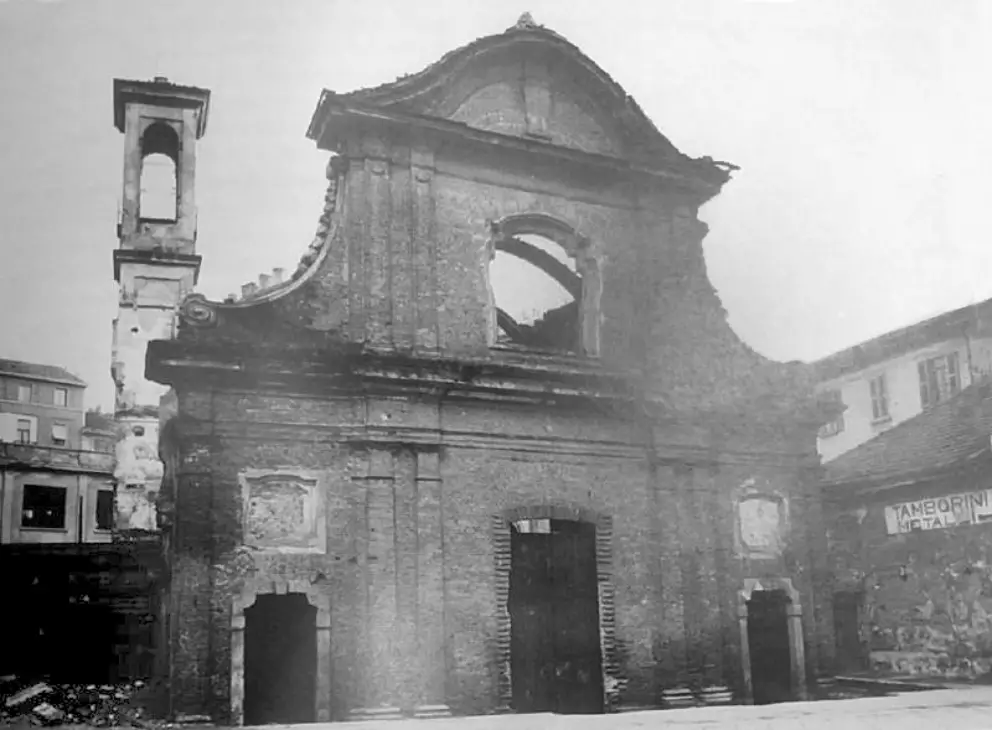
The third sacred place is represented by Church of Santa Maria alla Fontana which takes its name from the presence of a source that flows from a stone of pre-Roman origin which bears eleven incisions. This stone is two meters and twenty underground, set in the middle of a square ground. The water comes from a spring bottle.
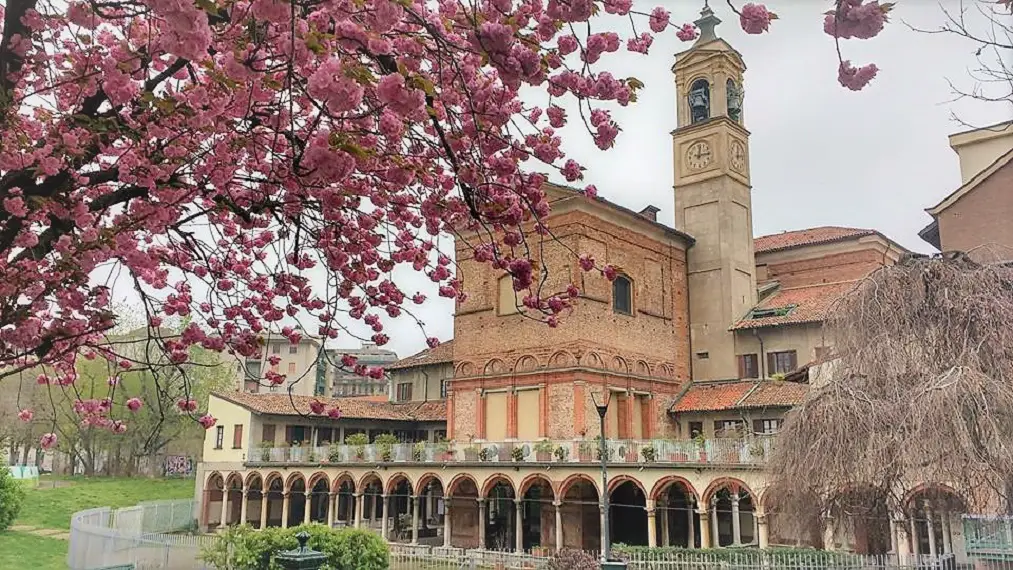
Last but not least church of S. Giovanni in Conca (in Piazza Missori) with its pillars bearing bas-reliefs representing the sun wheel, also called "wind rose", one of the most important Celtic solar symbols. In this church a "magic cauldron" was once kept, which unfortunately has disappeared today.


A comment on "The Celtic goddess Belisama and Milan"